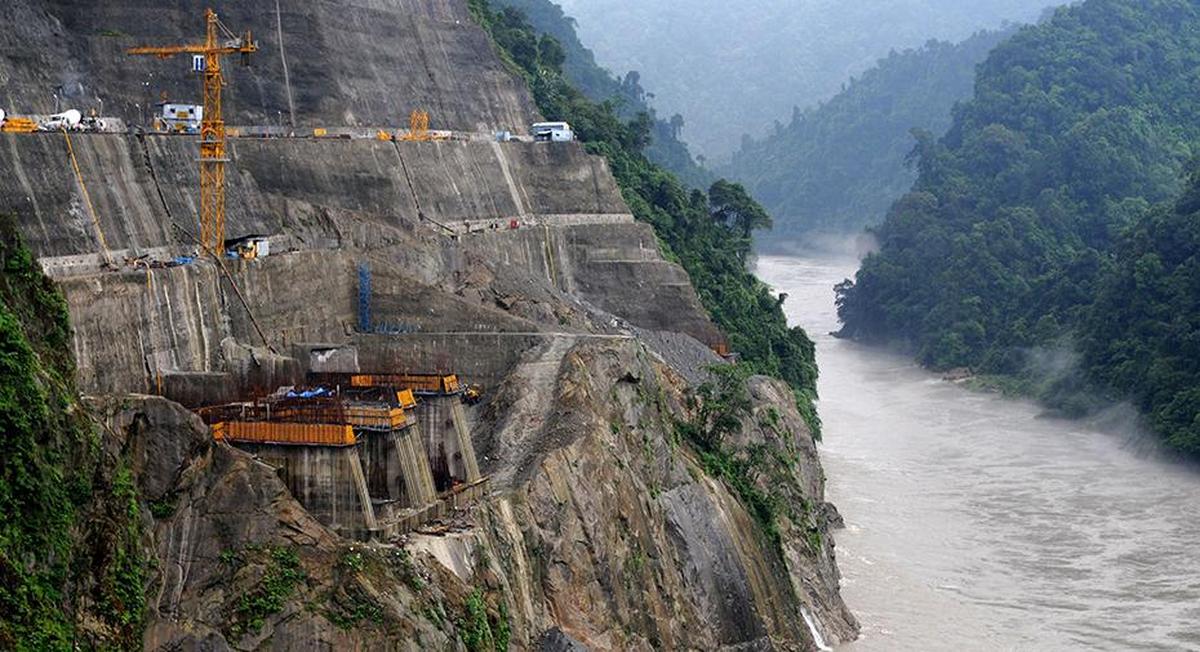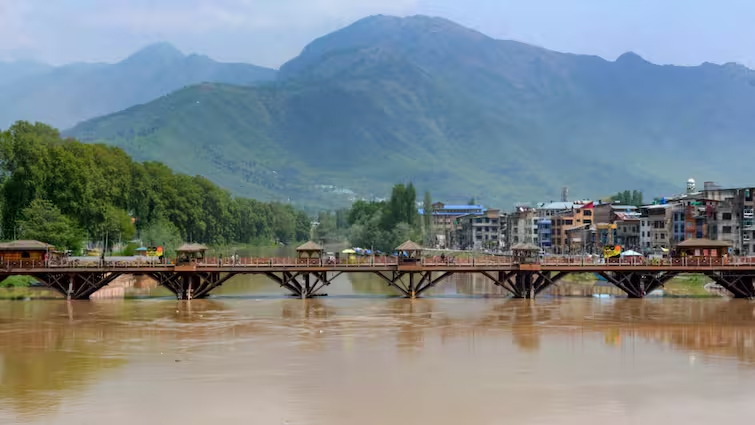Embracing Indigenous Knowledge: Effective Climate Change Mitigation in South Asia

In South Asia, a region that is both rich in biodiversity and highly vulnerable to the impacts of climate change, the wisdom of Indigenous communities offers vital insights and strategies for environmental management and sustainability. Leveraging this traditional knowledge is crucial for developing resilient and effective climate change mitigation efforts.
Examples of Indigenous Climate Resilience in South Asia
1. The Khasi Hills of Meghalaya, India: Known for receiving some of the highest annual rainfall in the world, the Indigenous Khasi people have developed an exceptional method of soil and water conservation. They construct “living root bridges” using the aerial roots of rubber trees to form bridges over rivers. These natural, sustainable structures can last for centuries and are a testament to traditional eco-engineering practices that harmonize with the local environment.
2. Traditional Water Management in Nepal: In Nepal, Indigenous communities in the Kathmandu Valley have developed sophisticated water management systems known as “Raj Kulo”. These irrigation systems are community-operated and have been used for centuries to distribute water efficiently across terraced farms, ensuring sustainable agriculture even during dry seasons.
3. Agroforestry Practices in Sri Lanka: The Indigenous Veddah community employs traditional agroforestry, which integrates crops with native forestry. This practice enhances biodiversity, improves soil structure, and reduces the need for chemical inputs, illustrating a sustainable approach to agriculture that also acts as a carbon sink.
4. Mangrove Forest Conservation in Bangladesh: The Munda community in the Sundarbans, the largest mangrove forest in the world, has traditional knowledge related to the sustainable harvesting of honey and fish. Their practices include specific seasons and methods that ensure the preservation of the mangrove ecosystem, which is crucial for carbon sequestration and as a buffer against cyclones and sea-level rise.
5. Glacial Flood Management in Northern Pakistan: In the Gilgit-Baltistan region of Pakistan, Indigenous communities have developed unique strategies to deal with the threats posed by glacial lake outburst floods (GLOFs), which are becoming increasingly frequent due to climate change. These communities use indigenous early warning systems, leveraging local knowledge of natural indicators (such as the behavior of animals and changes in water clarity) to predict and prepare for imminent floods, thereby protecting lives and maintaining the sustainability of their traditional agricultural practices.
Integrating Indigenous Perspectives
For climate change mitigation in South Asia to be effective, it must incorporate these Indigenous practices into broader environmental strategies. This means:
- Consulting with Indigenous communities during the planning phases of environmental projects.
- Providing platforms at national and international levels for Indigenous leaders to share their knowledge and perspectives.
- Ensuring that Indigenous communities have legal rights to manage and benefit from their traditional lands and resources.
The diverse examples from South Asia demonstrate how Indigenous knowledge not only enriches our understanding of environmental stewardship but is also essential for designing effective, locally adapted responses to climate change. As we face global environmental challenges, the integration of such wisdom across all levels of policy and practice is not just beneficial, it is necessary for the health of our planet and future generations.




